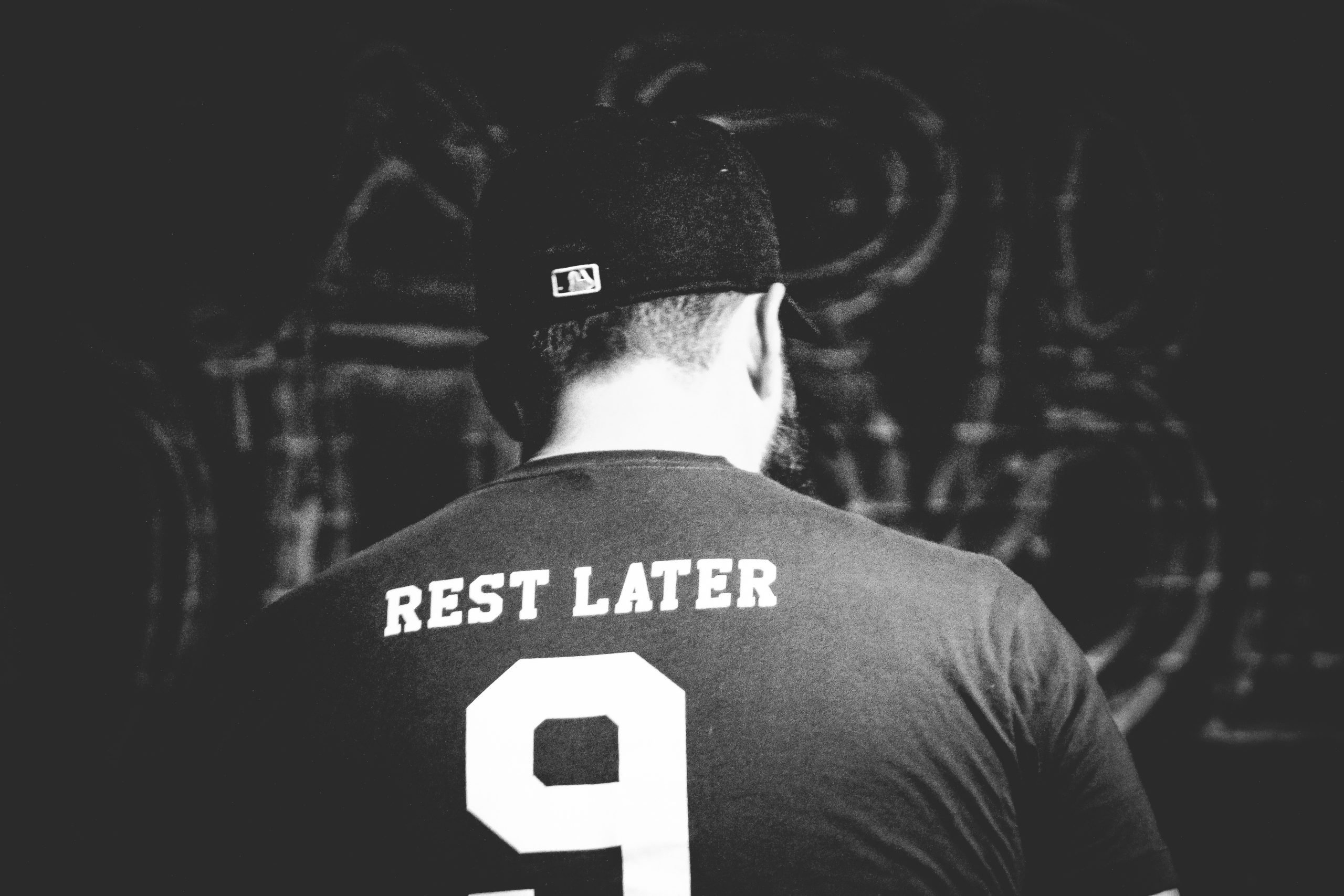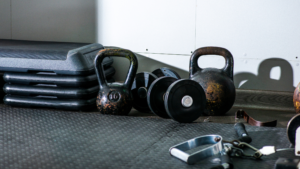Training intensity is a hot topic right now. There has been a lot of focus on the attitude of “leaving nothing in the tank” where the high intensity workouts rule and training to failure is the only way to go. Popular forms of training like Insanity, CrossFit WOD’s and HIIT have started to put a lot of people at one end of the training spectrum intensity.
But here’s the kicker, you only get stronger, fitter, faster and leaner by recovering from the demands of a workout and too much hard training paired with high levels of stress at work or home, lack of optimal nutrition and sleep make it almost impossible to recover from too many bouts of hard training. The focus should be training smart, not training hard!
However, you do 100% need to be pushing your body in training. The aim is always to create a stimulus for your body to adapt to. If you stay in your comfort zone all the time, then you are unlikely to be creating enough training stimulus at all.
So the question of how do you know when to push, how often and how to measure intensity? If you train consistently and have a mixture of training modalities (for example you do strength training and cardio) per week its advisable to keep a log of how hard these sessions are to be able to balance out the hard training sessions
When doing cardio sessions use a measure of global fatigue.
Session RPE – using a subjective measure like RPE (Rating of Perceived Exertion) is not a new thing, but is a massively underutilised tool in my opinion. The RPE score is a measure of perceived effort and is scored on a scale of 1-10.
Using a scoring system to gauge the global fatigue in the session is a great way of logging your proximity to failure. Session RPE is usually taken after a session where you score based on how close to the maximum the overall session was. Scores of 5 and above are tough sessions with 9 being very close to max and 10 being so hard that you had to stop or were very close to stopping.
But strength sessions are a bit harder to score globally, as the overall goal of strength training is different and each lift has its own target. In this situation using a Reps In Reserve (RIR) based scoring works well.
RIR based RPE scores – Reps in reserve is like it sounds. At the end of your final working set, you score how many more reps you think you could have got at that weight. If you failed to complete the last rep or you know there was no way you could have got 1 more rep then its a 0 RIR which is equivalent to a 10/10 RPE. Or if you finish and you think you could have got 3 more reps then its a 3 RIR which is a 7/10 RPE. This measure of scoring is a great way to know whether you should increase the load the next week. Training to failure all the time in strength training is not an efficient way to train long term. If you are struggling at a certain weight, it’s better to stay at that weight for 2-3 week and use the RIR score until it feels easier to achieve the lift. Let’s say you’re close failure on a lift, you can score it as a 9 or 10 then keep at that weight over the next few weeks until it feels like a 7 and at that point go up. This is a great way to log progression while staying at the same load. Plus is a much safer way to train.
How to use the numbers?
Logging your RPE’s and paying attention to your proximity to failure is key. If you are logging how hard your sessions are and you can see your RIR scores in strength training you can see if high scoring cardio sessions are limiting your capacity to progress with strength, and at this point, you need to decide what’s more important? Do you keep pushing your high session RPE’s in your HIIT class and just maintain your strength with the weights or do you want to put in some recovery cardio sessions to continue to progress with the resistance training? It’s your choice but scoring means you can manage it.
Within the framework of a training plan the aim is always to push your body harder and harder, building the intensity as the plan progresses. With a view that the last week of the plan should be the peak of the program.
Let’s say you get a new plan with 3 strength days and 2 cardio days and it’s an 8-week plan. The first two weeks are going to be an intro to the plan and getting you used to the exercise and establishing your working weights or your outputs for cardio. Once you have got a feel for the first two weeks you then have the next 6 weeks to apply progressive overload and to progress. The aim is for the last week to be the peak of the phase. If you manage your training intensities throughout the phase you will be ready to push hard in that final peak of the week.
With a note to be cautious trying to peak too many training modalities at once. If you are pushing to hit a PB in your 5k run time on the same week as your strength training plan peaks you are more likely to fall short on some of your PB’s. So purposely delaying a cardio PB would be a smart move.
If you are keeping track of how hard each session is, and you know where you’re at with your strength training intensities / RIR’s it makes it easier to know when increase your weights or stick at the same weight and if you have been training consistently you’ll see from your RPE and RIR scores when to implement deloads or when to insert recovery days. This way you can train hard, and recover harder!
For help with aligning your training, nutrition and lifestyle to maximise your results, apply here for information on my online training services.







